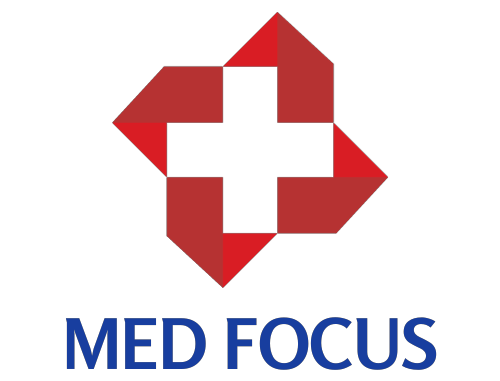The landscape of medical education is undergoing a transformative shift, with innovations in technology playing a pivotal role in reshaping the way future healthcare professionals learn. Embracing cutting-edge technologies not only enhances the learning experience but also prepares medical students for the dynamic and tech-driven healthcare landscape they will navigate. In this blog post, we'll explore the exciting innovations in medical education, illustrating how technology is revolutionizing the training of the next generation of physicians.

Virtual Reality (VR) and Augmented Reality (AR)
Virtual Reality (VR) and Augmented Reality (AR) are at the forefront of medical education innovations, offering immersive experiences for students. VR simulations provide a virtual environment for practicing surgical procedures or exploring anatomy in three dimensions. AR overlays digital information onto the real world, allowing students to interact with holographic models during lessons. These technologies bridge the gap between theoretical knowledge and hands-on experience, fostering a deeper understanding of complex medical concepts.
Online Learning Platforms and Massive Open Online Courses (MOOCs)
The rise of online learning platforms and Massive Open Online Courses (MOOCs) has democratized access to medical education. Students can now access high-quality lectures, interactive modules, and even participate in virtual patient encounters from anywhere in the world. These platforms provide flexibility for learners, enabling them to pace their studies according to individual needs while offering a diverse range of perspectives from educators globally.

Simulation-Based Learning
Simulation-based learning has become a cornerstone in medical education. Advanced simulators replicate realistic clinical scenarios, allowing students to practice skills in a risk-free environment. From virtual patient encounters to high-fidelity mannequins, simulation-based learning enhances clinical competence, decision-making, and teamwork, preparing students for the complexities of real-world healthcare settings.
Mobile Learning Applications
Mobile learning applications have revolutionized the way medical students access information. Whether reviewing flashcards, accessing medical journals, or engaging in case-based learning, mobile apps provide a portable and convenient means of supplementing traditional learning methods. These apps facilitate continuous learning, allowing students to stay informed and connected with their studies on the go.

Artificial Intelligence (AI) in Medical Education
Artificial Intelligence (AI) is making significant inroads into medical education. AI-powered algorithms analyze large datasets to personalize learning experiences, adapt to individual learning styles, and identify areas where students may need additional support. AI-driven virtual tutors provide real-time feedback, contributing to a more tailored and efficient learning journey.
Interactive Anatomy Software
Gone are the days of static anatomy textbooks. Interactive anatomy software offers dynamic, 3D models that students can manipulate and explore. These tools provide a comprehensive understanding of human anatomy, allowing students to visualize complex structures, understand spatial relationships, and gain a deeper appreciation for the intricacies of the human body.

Telemedicine and Telehealth Experiences
With the increasing prevalence of telemedicine, incorporating telehealth experiences into medical education is a forward-looking innovation. Students can participate in virtual patient visits, teleconsultations, and telemonitoring, gaining insights into the evolving landscape of remote healthcare delivery. Exposure to telehealth technologies prepares future physicians for the growing role of virtual care in modern healthcare systems.
Conclusion
Innovations in medical education driven by technology are not just enhancing the learning experience; they are revolutionizing the entire approach to training healthcare professionals. From immersive VR experiences to mobile learning apps and AI-driven personalized education, these innovations are equipping medical students with the skills and knowledge they need to thrive in a rapidly evolving healthcare landscape. Embracing these technologies is not merely an option; it's a necessity for ensuring that medical education remains dynamic, relevant, and effective in preparing the physicians of tomorrow.

